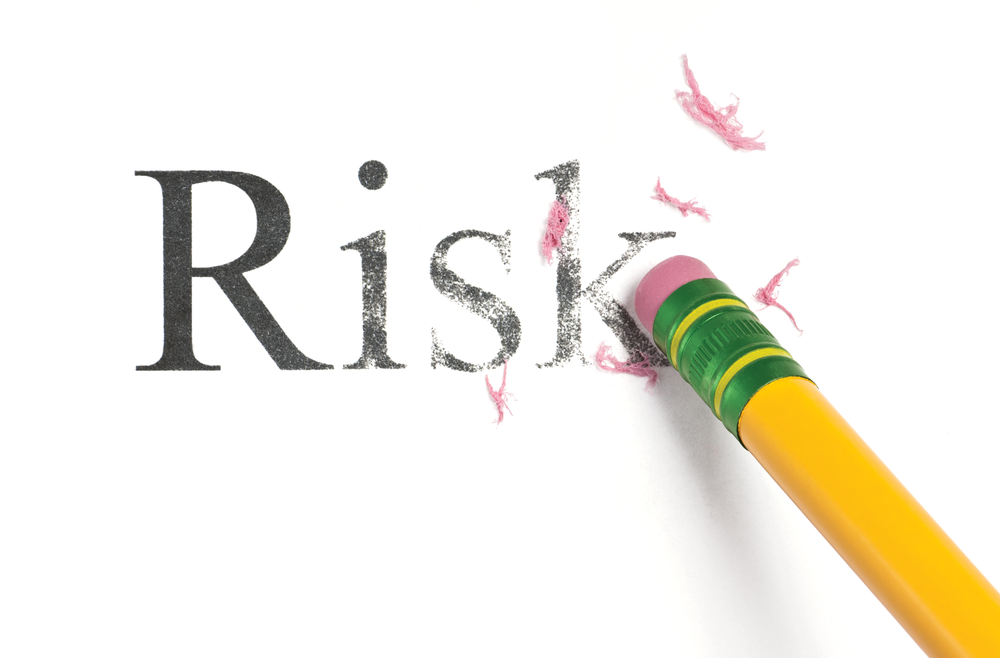Congressman Miller is proposing that for States to receive Federal Education money, they would be required to adhere to the Federal restraints in school bill H.R. 1381 which does not allow the use of restraint or seclusion to be included in a student’s IEP. This was a major point of contention and the reason why the bill did not pass the Senate the last time it was introduced. Read H.R. 1381
HWC’s Comments: H.R. 1381 only addresses the negative consequences of physical intervention. Nowhere in the bill does it mention that the use of physical intervention prevents injury to the student or others. There is no dignity in allowing students to injure themselves or others by running into traffic, punching out windows, banging their heads on walls, scratching their faces on carpets and punching assorted individuals in the nose.
According to the Department of Justice statistics regarding school violence are inadequate as they are based on voluntary reporting. DOJ’s statistics shows the number of violent incidents at school to be about 1 million per year, but DOJ believes the real number is actually 4-5 times that number or 4-5 million violent incidents (if not more) per year.
HWC has submitted comments to Congress. In one of our attachments, we have asked Congress the following questions:
- How can Congress exclude from consideration all of the hundreds of thousands of application of seclusion and restraint which have produced positive outcomes i.e. where students are successfully prevented from injuring themselves or another?
- Isn’t it completely disingenuous for the Federal Government to make policies and introduce legislation affecting the safety of its teachers, staff and students with respect to the use of restraint and seclusion when the Federal government has not ever and does not now collect that data?
It would require the same amount of paperwork for the government to monitor the positive outcomes for physical intervention i.e. the number of times physical intervention was used without injury or incident where a student was “saved” from their own or another’s behavior.
Read HWC’s Comments to Congress
Read HWC’s Legal Overview of Restraint In Schools
Congress is currently accepting comments on the proposed legislation.
House Committee on Education and the Workforce (Link to Committee Members)
Committee Fax: 202-225-9571 (majority-R)/ Fax: 202-226-5398 (minority-D)
Congressman John Kline – Ranking Republican Fax: 202-225-2595
Congressman George Miller – Ranking Democrat Fax: 202-225-5609




